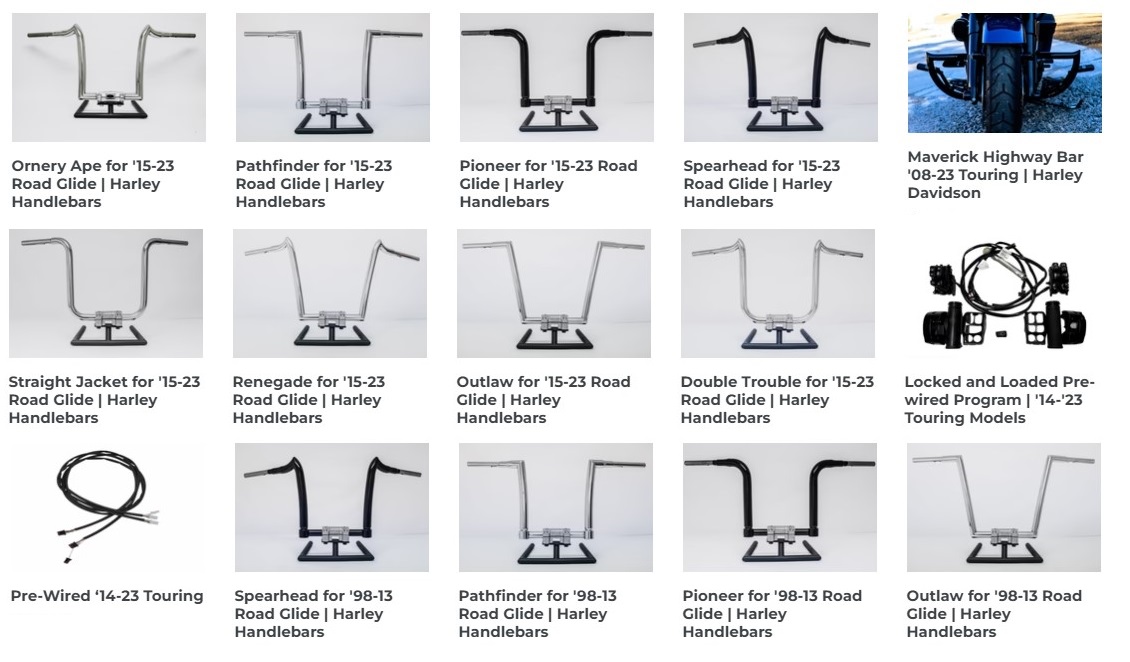3 Easy Facts About Motorcycle Boots Shown
3 Easy Facts About Motorcycle Boots Shown
Blog Article
Some Known Factual Statements About Motorcycle Boots
Table of ContentsThe 4-Minute Rule for Motorcycle BootsEverything about Motorcycle BootsSome Known Factual Statements About Motorcycle Boots Unknown Facts About Motorcycle BootsMotorcycle Boots for DummiesNot known Incorrect Statements About Motorcycle Boots
The vital parts of modern-day bikes are provided listed below.; this has actually been utilized all via motorbike background yet is currently ending up being much more usual.It was commonly unpopular and normally regarded as a bad concept at the time. It has actually given that gotten some cachet in the contemporary customized bike globe also since of the room savings it can pay for and the recommendation to an earlier age.
Though any kind of tank for gas might be so called, the term is usually put on component of an engine system in which the gas is saved and thrust (fuel pump) or released (pressurized gas) into an engine. A motorbike fork is the part of a motorbike that holds the front wheel and enables one to guide.
Our Motorcycle Boots Diaries
The 'fork' on a bike consists of numerous components. The triple trees (additionally recognized as yokes) hold the fork tubes (which include the fork springs), and are attached to the neck of the frame by the guiding stem.

Motorbikes have primarily, yet not specifically, been produced with one to 4 cylinders, and designers have actually tried basically every possible design. One of the most typical engine arrangements today are the solitary and twin, the V-twin, the opposed double (or fighter), and the in-line triple and in-line 4. A number of others designs have actually gotten to automation, consisting of the V-4, the flat 6-cylinder, the level 4-cylinder, the in-line 6-cylinder, and the Wankel engine.
Things about Motorcycle Boots
Chain-drive uses sprockets and a roller chain, which calls for both lubrication and adjustment for elongation (stretch) that takes place with wear. The lubricant goes through being shaken off the fast-moving chain and leads to gunk and dust accumulation. Chains do deteriorate, and too much wear on the front and rear sprockets can be hazardous.
Traditional roller chain-drives experience the possibility for resonance, as the efficient span of activity in a chain and sprocket combination constantly changes throughout the change ("chordal activity"). If a drive sprocket turns at continuous RPM, then the chain (and the driven gear) has to increase and decrease continuously. A lot of chain-driven bikes are fitted with a rubber bushed rear wheel center to eliminate this vibration problem.
These chain oilers differ in elegance, however all add significantly to the life of the chain. The customized of lubing by submersing the chain in a tin of hot oil ceased in the very early 1970s, once most chains had rubber "O'-rings. The initial Suzuki RE5 of 1975 featured a back chain oiler, yet the 1976 version see this had a sealed chain, and its oiler was deleted as "unnecessary".
The Only Guide for Motorcycle Boots
They are not as long lasting when subjected to high horse power as a chain. You can not alter the length and modification last drive proportions as conveniently as chains. And require bigger pulley-blocks compared to chain sprockets to obtain a reliable last drive proportion.
A shaft-drive is typically totally confined; the aesthetic sign is a tube prolonging from the rear of the transmission to a bell real estate on the back wheel. Inside the bell housing a bevel equipment on the shaft friends with one more on the wheel mount. This arrangement is premium in regards to noise and cleanliness and is basically maintenance-free, with the exception of occasional liquid modifications.
The additional gear collections are a resource of power loss and added weight. A shaft-equipped motorcycle may likewise be susceptible to shaft impact. Essentially all high-performance racing motorbikes use chain-drive because they are the most mechanically effective sending power to the rear wheel. A wire wheel and pneumatic motorbike tire on a Ural The wheel edges are normally steel or light weight aluminum (generally with steel spokes and a light weight aluminum hub) or mag-kind cast or machined aluminum.

Motorcycle Boots for Beginners
There are tires made for dust bikes, touring, sport and cruiser bikes. Dust bike tires have knobbly, deep treads for optimum grasp on loosened dirt, mud, or gravel; such tires often tend to be much less secure and noisier on smooth surfaces.
Visiting tires are usually made from a tougher rubber compound for greater durability, these might last longer but often tend to offer less straight-out grip contrasted to sports tires at optimum operating temperature levels. Touring tires usually provide extra hold at lower temperature levels and can be more fit to riding in chilly or winter problems where a sport tire might never ever reach its ideal view it now operating temperature.
These often tend to have more powerful sidewalls as they are normally fitted to heavier machines. Motorsport or competing tires offer the greatest of degrees of hold. Because of the heats at which these tires generally operate, make use of outside a racing environment is hazardous, usually these tires do not reach their maximum temperature level which gives much less than ideal grip.
Rumored Buzz on Motorcycle Boots

This can cause brake dive. Brakes can either be drum or disc based, with disc brakes being much more typical on big, modern or much more costly bikes for their far remarkable quiting power, particularly in damp problems. There are several brake-performance-enhancing aftermarket parts offered for many motorcycles, consisting of brake pads of varying compounds and steel-braided brake lines.
Report this page